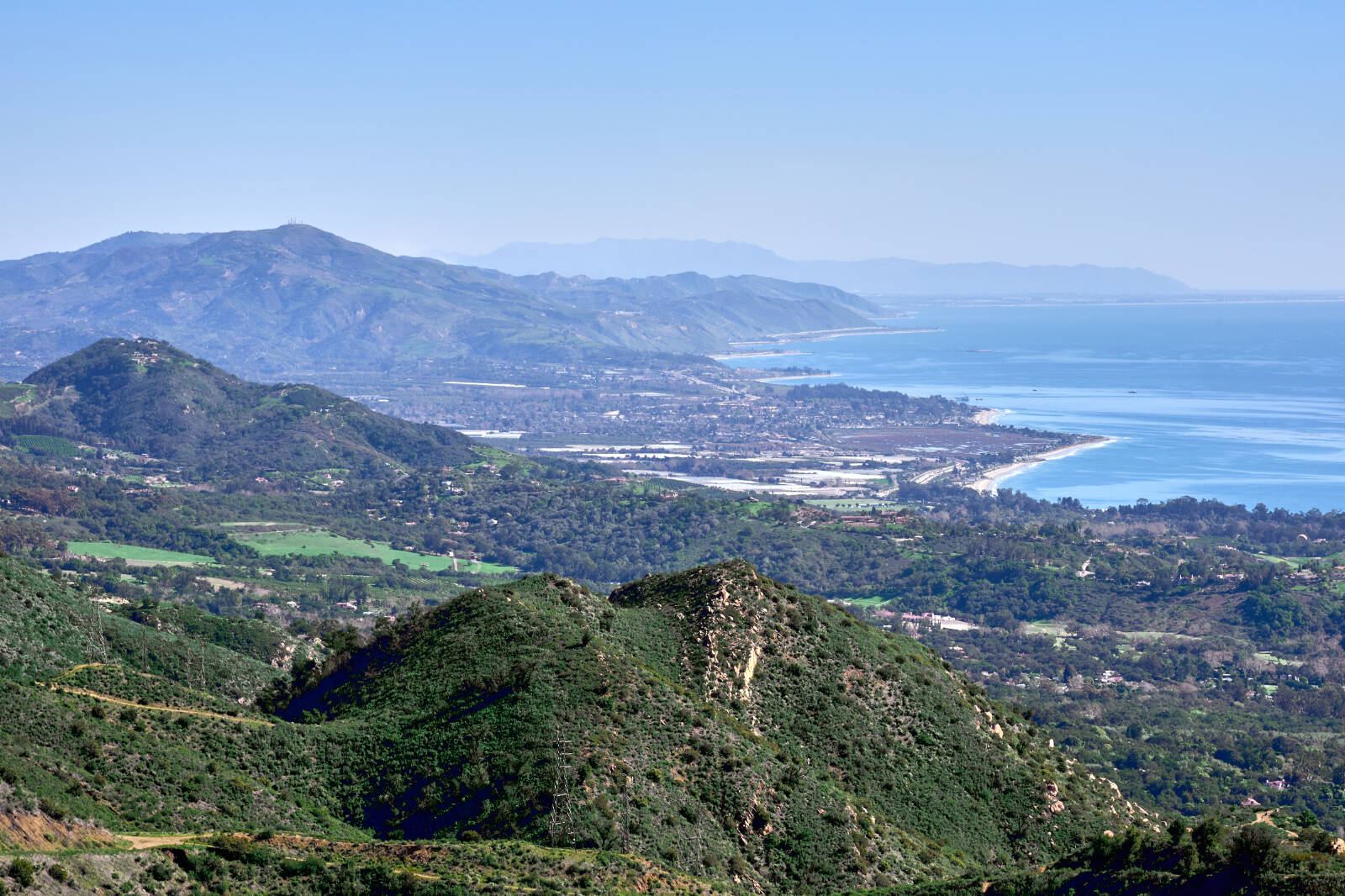When the Tr’ondëk-Klondike was inscribed on the UNESCO World Heritage List on Sept. 17, Debbie Nagano was thinking of her elders — specifically the ones who helped guide the decade-long process to this moment, but are no longer here to see it.
Nagano is the director of heritage for the Tr’ondëk Hwëch’in First Nation (THFN). She told the Yukon News that she felt a complex mix of emotions while she watched from home as the inscription happened in Saudi Arabia. That’s where the World Heritage Committee inducted the Tr’ondëk-Klondike during a UNESCO meeting.
The Tr’ondëk-Klondike World Heritage site is made up of eight heritage locations including Fort Reliance; Ch’ëdähdëk (Forty Mile); Ch’ëdähdëk Tth’än K’et (Dënezhu Graveyard); Fort Cudahy and Fort Constantine; Tr’ochëk; Dawson City; Jëjik Dhä Dënezhu Kek’it (Moosehide Village); and Jëjik Dhä Tthe Zra’y Kek’it (Black City).
READ MORE: By foot and paddle, 21 days on Yukon’s Gyuu Dazhoo Njik – The Snake River
The collective story told by these locations is of how the Tr’ondëk Hwëch’in First Nation’s way of life was impacted by colonialism from 1874 to 1908. Taken together, the historical site traces a timeline of First Nation and settler activity and occupation in the region.
Nagano said many hands worked toward the designation, including the Tr’ondëk Hwëch’in Government, the Tr’ondëk-Klondike World Heritage Site Advisory Committee, the Government of Yukon, the City of Dawson, the Canadian Northern Economic Development Agency and Parks Canada.
Nagano said she can’t speak for the whole community, but she knows people have had varied responses to the inscription. Some are happy to hear the news. Others want more information about the details of the inscription.
READ MORE: One of the Yukon’s earliest trading posts receives heritage designation
It took more than a decade to get to this point, Nagano said, so it will take time for everyone to understand what it means.
Dawson Mayor Bill Kendrick said he knows that a previous application, which was withdrawn in 2018, led to polarizing views. That was partly due to the fact that the site boundaries identified by the previous application included historic Klondike goldfields.
The current boundaries do not impact mining, local regulations or bylaws, Kendrick said, adding he thinks the inscription will boost the tourism industry as well as the local economy while also giving THFN citizens an international platform to share their unique story with a broader audience.
“I’ve travelled to other countries with UNESCO world heritage sites,” Kendrick said. “This will put the Klondike and Dawson City on the map a little more than previously.”
John Streicker, Tourism and Culture minister, also congratulated THFN.
“Yukoners have long understood the importance of the Tr’ondëk-Klondike, but it is incredible to see this recognition on a larger, global scale,” he said in a statement.
“While this World Heritage List status only confirms what the Tr’ondëk Hwëch’in have always known, it is an important and powerful story for the world to know, reflect on and learn from. Our government is proud to be a partner in this designation and the ongoing work towards reconciliation.”
Nagano said she’s not sure of the next steps moving forward. She’s going to take some time to celebrate, including at an upcoming event in Dawson City. In the meantime, she said she hopes people see this as a positive step forward and look at it in a good light.
“This is another milestone for Tr’ondëk Hwëch’in in terms of recognizing our ongoing stewardship of these lands,” she said. “I want our story to be told, and now we have the world listening to us. It will be accurate.”
Plan your adventures throughout the West Coast at westcoasttraveller.com and follow us on Facebook and Instagram @thewestcoasttraveller. And for the top West Coast Travel stories of the week delivered right to your inbox, sign up for our weekly Armchair Traveller newsletter!

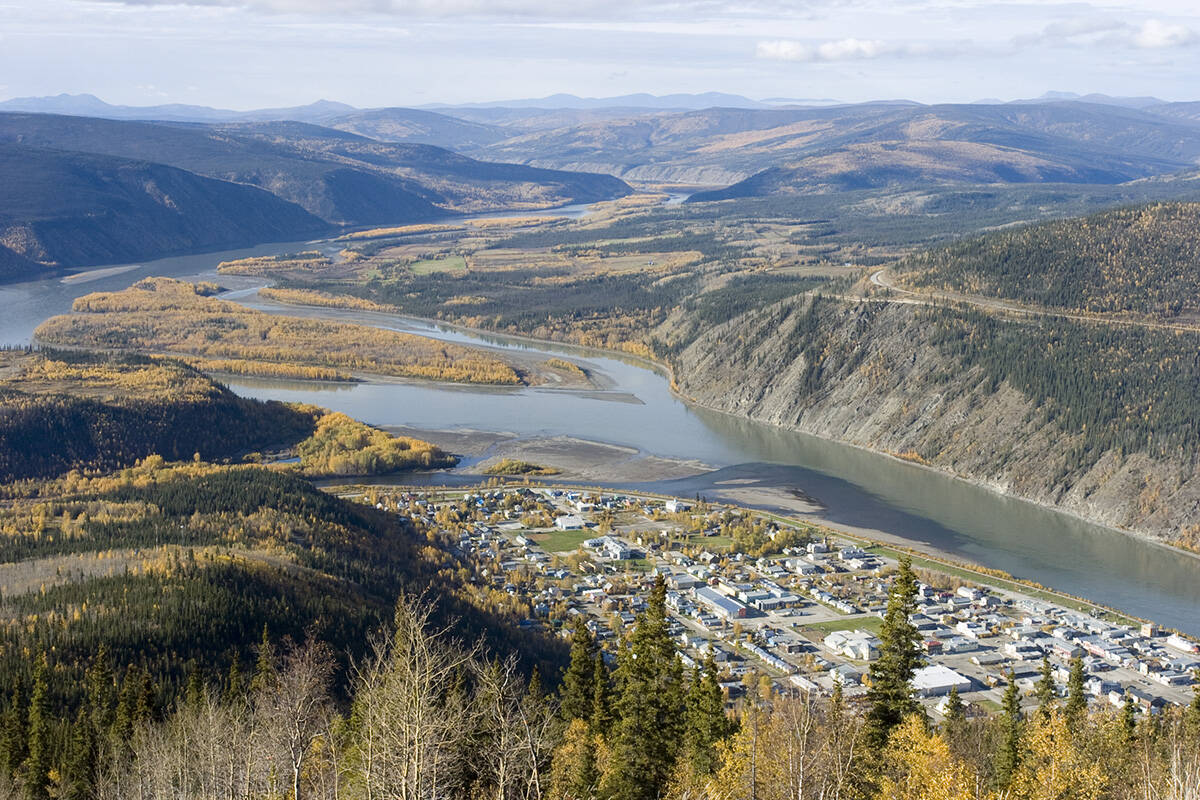

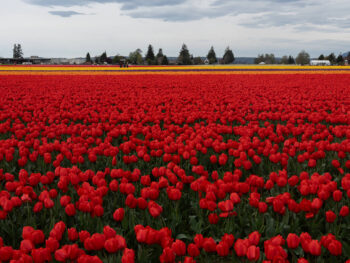


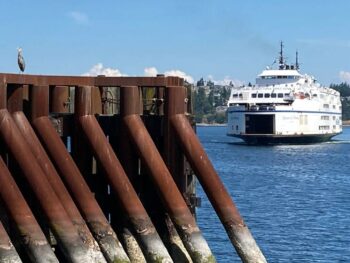
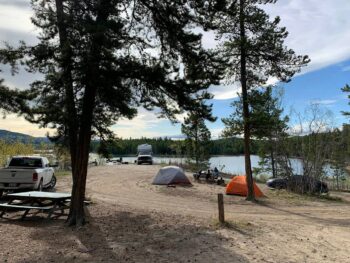
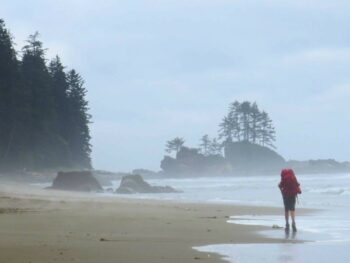
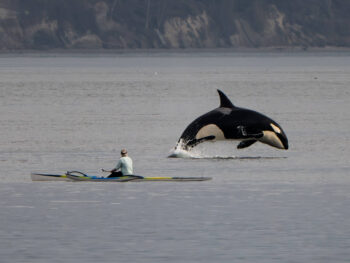
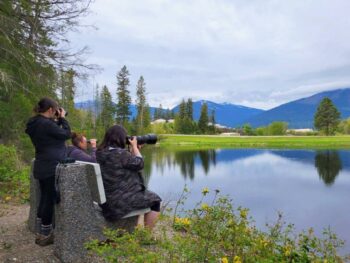
 By foot and paddle, 21 days on Yukon’s Gyuu Dazhoo Njik – The Snake River
By foot and paddle, 21 days on Yukon’s Gyuu Dazhoo Njik – The Snake River